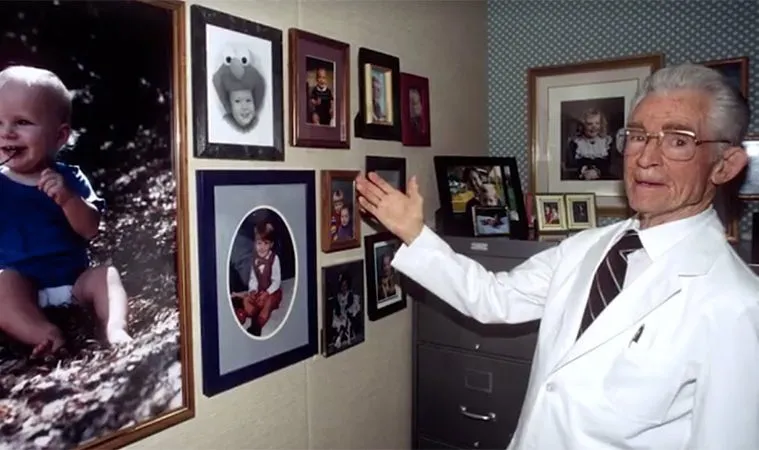
What is the limit for posthumous sperm donation?
A baby has been born in the United Kingdom from 26-year-old sperm. His 47-year-old father, Peter Hickles, describes it as a miracle. “ The fact that he was basically ready to go just before Euro 96 and was born before the World Cup is amazing,” he told The Guardian. Mr Hickles froze his sperm in 1996 because he was going to be treated for Hodgkin lymphoma.
This is not the biggest “generational gap” due to frozen sperm. An American baby was born using 27-year-old sperm.
The Guardian says that the experience poses the question of how big the gap could become. Mr Hickles was unable to use the sperm earlier because UK legislation banned the use of gametes after 10 years. Recently the window was extended to 55 years. Alan Pacey, a reproductive medicine expert, says that there may be no limit.
“The legal 55-year limit has nothing to do with the shelf life of sperm, or for any other scientific reasons. It’s more to do with what parliamentarians felt was right for society. But since frozen sperm are effectively in suspended animation, once they are frozen I don’t see why they couldn’t be kept for hundreds of years if the law allowed it.”
Could doctors use sperm from a frozen caveman like Ötzi, who was found frozen in an Alpine glacier 5000 years after his death? Probably not, but freezing sperm began in the 1950s. A sperm bank for Nobel Prize winners, the Repository for Germinal Choice, was set up in the 1980s which sold “genius sperm” – although it closed because there was limited demand.
The use of sperm from long-dead men raises a number of ethical questions, according to the bioethicists consulted by The Guardian. Will there be health risks? How would families greet siblings born decades later? What would be the emotional impact of creating children with deceased fathers? Would the genomes change over a couple of centuries?
